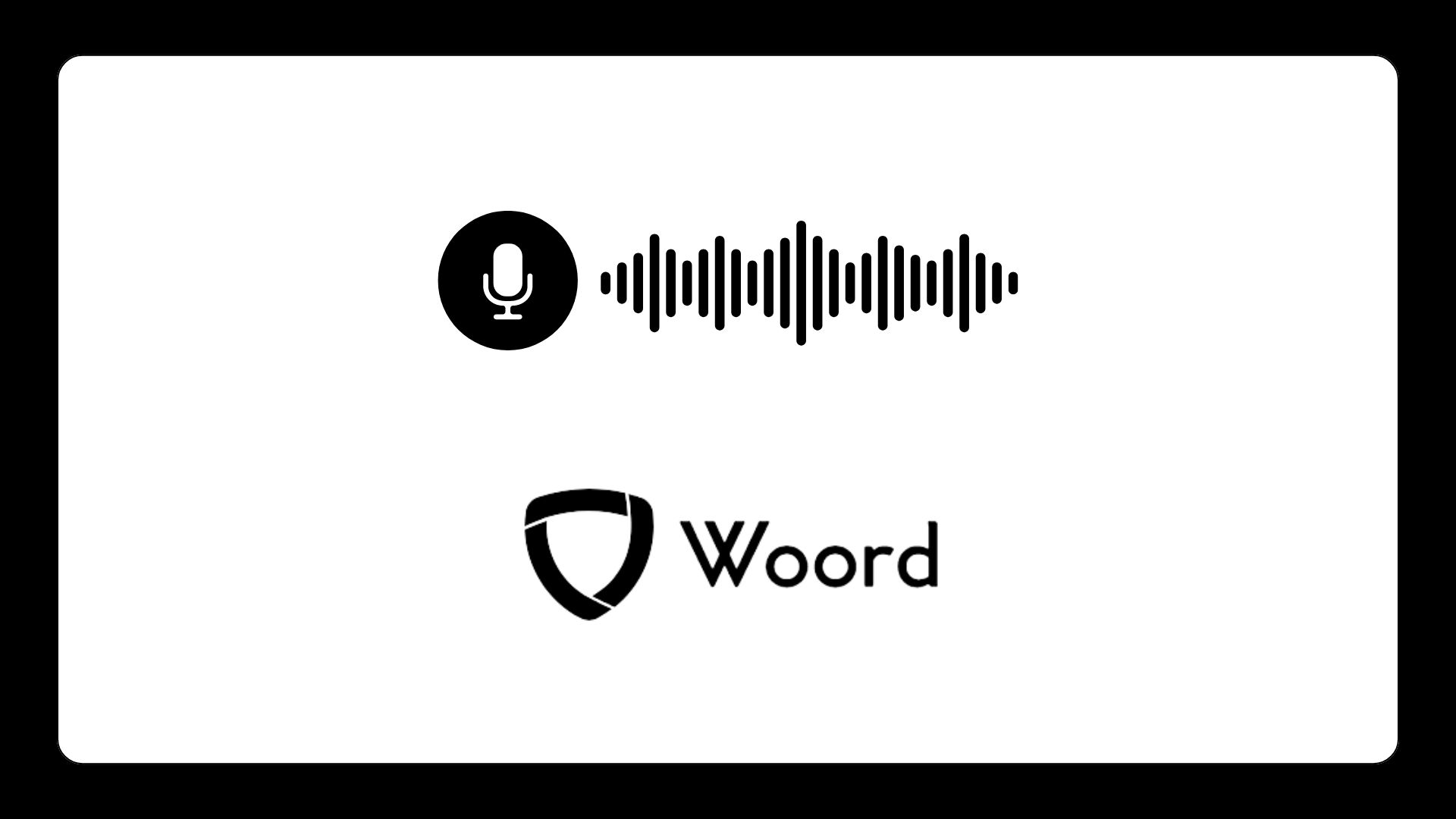Text To MP3 Converter: Effortless Audio File Creation

The modern world is driven by information, and how we consume it has evolved dramatically over time. The advent of text to speech (TTS) technology has introduced an innovative way to interact with written content, transforming it into audio that can be listened to on the go. The Text To MP3 Converter is an embodiment of this evolution, offering a seamless way to convert text into audio files that are not only convenient but also versatile.
Understanding the Basics of a Text to MP3 Converter
Text to speech technology has undergone significant advancements since its inception. Initially, TTS systems were rudimentary, producing robotic voices that were often difficult to understand. However, as computational power increased and linguistic models became more sophisticated, the quality of synthesized speech improved dramatically. The development of natural language processing (NLP) has been pivotal in this evolution, enabling machines to understand and mimic human speech patterns with remarkable accuracy. Today, TTS systems can generate voices that are almost indistinguishable from human speech, making them indispensable tools for various applications.
The method by which it functions is by first turning text into speech and then encoding that speech into an MP3 file. The process starts with the text being processed by the TTS engine, which creates speech by examining the text's grammar and semantics. After that, the audio from this speech is compressed into the MP3 format using an encoder, allowing it to be stored and played on a variety of devices. Users may quickly turn vast volumes of text into audio files thanks to the process's exceptional efficiency.
Benefits of Using The Woord API
One of the most significant benefits of Text To MP3 Converters is their ability to make information accessible to everyone, including those with visual impairments or reading difficulties. By converting text into audio, these tools enable users to consume written content without needing to read it visually. This can be particularly beneficial in educational settings, where students with learning disabilities can listen to textbooks and other materials, ensuring that they have equal access to information.
In our fast-paced world, convenience is key. The Text To MP3 Converter allows users to listen to content while commuting, exercising, or performing other tasks. This multitasking capability makes it easier to stay informed and engaged, even when you’re on the move. Whether it’s an e-book, a blog post, or an article, having the option to listen rather than read can be a game-changer for busy individuals.
Research has shown that listening to information can enhance learning and retention. Audio learners, in particular, benefit from hearing content rather than reading it. By using a Text To MP3 Converter, you can turn written content into audio, making it easier to absorb and remember the information. This is especially useful for students and professionals who need to review large volumes of material.
Conclusion
Have the freedom to convert any text content you want. Blog posts, news, books, research papers or any other text content. +100 voices from 34 different languages. Regional variations are also available for select languages, such as Canadian French, Brazilian Portuguese, and several other languages.
MP3 Download and Audio hosting with HTML embed audio player. This means that you can use audio files in YouTube videos, e-Learning modules, or any other commercial purposes. Using AI technology, its synthesized voices are of the highest quality, emulating human-like natural sounding speech.
In Woord, accumulated audios refer to the feature that allows users with a subscription to accumulate unused audios from one month to the next, as long as their subscription remains active. For example, if a user has a Starter Subscription which offers 10 audios per month, but only uses 5 in the first month, the remaining 5 audios will be carried over to the next month, in addition to the 10 new audios offered in that month. This means the user will have a total of 15 audios to use in the second month.

